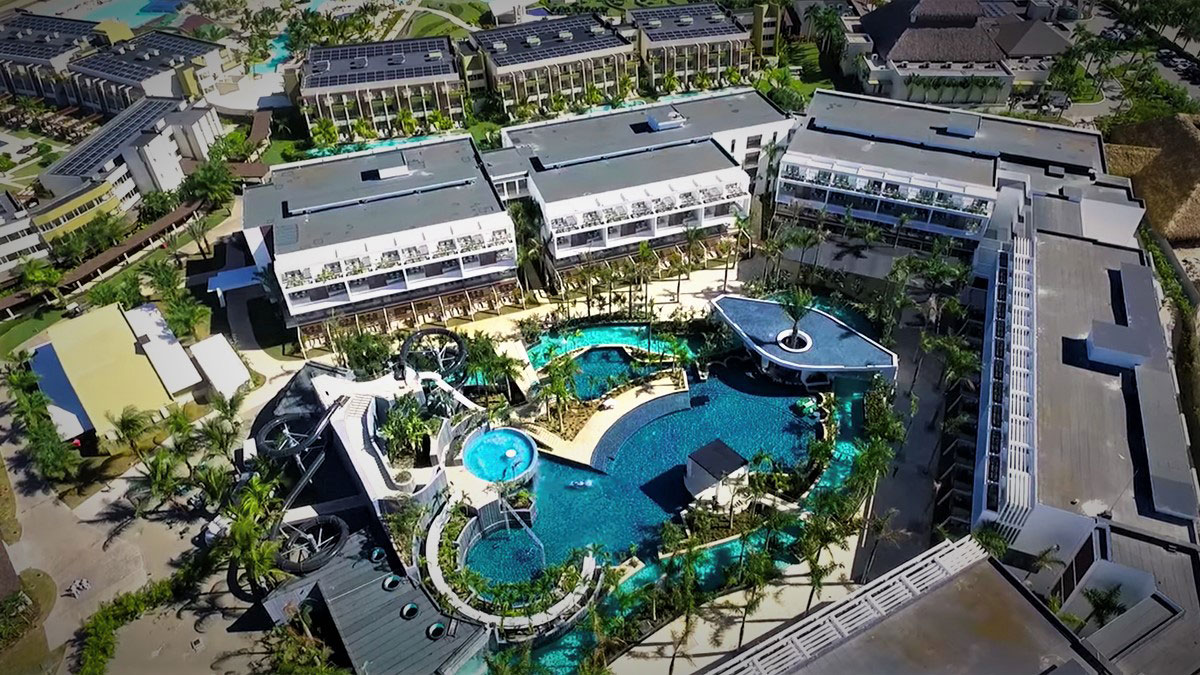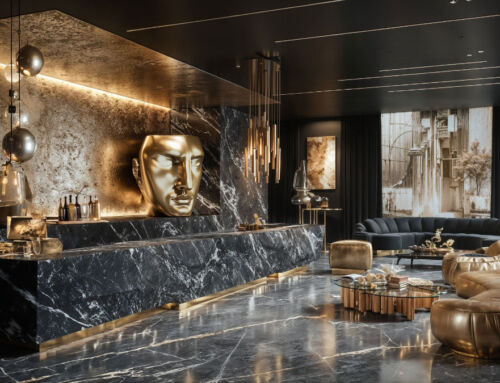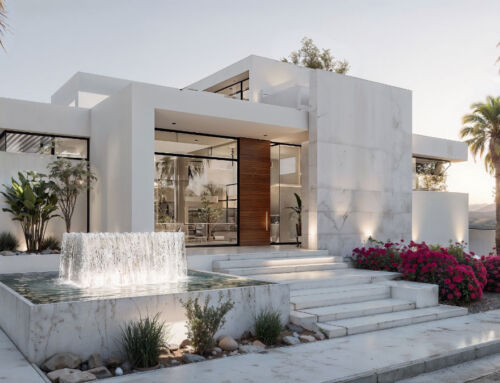In projects as complex as the design, architecture and construction of leisure and tourism attractions, a poorly conducted or misunderstood market study can be catastrophic. But market studies are only one part of the many variables and contingencies that can hinder the initial execution and subsequent operation of such projects – be it a theme park, a water park, a canyoning park, a campsite or resort hotel facility, an animal park, and so on.
If we leave aside the obstacles that are beyond the control of the professionals involved in such projects – in other words, those circumstances that do not depend on their knowledge and experience – there are still other dangers. An error in the administration of building permits, or in compliance with local regulations, or in the feasibility study, or in the topographical analysis, or in….
Indeed, there are many reasons that could paralyse the construction of such projects for months. However, Amusement Logic has been a kind of lifeline in the execution and operation of many leisure and tourism attractions, some of which are now resounding successes. The secret? There is none, nor is there magic: it is all about experience applied through methodology.
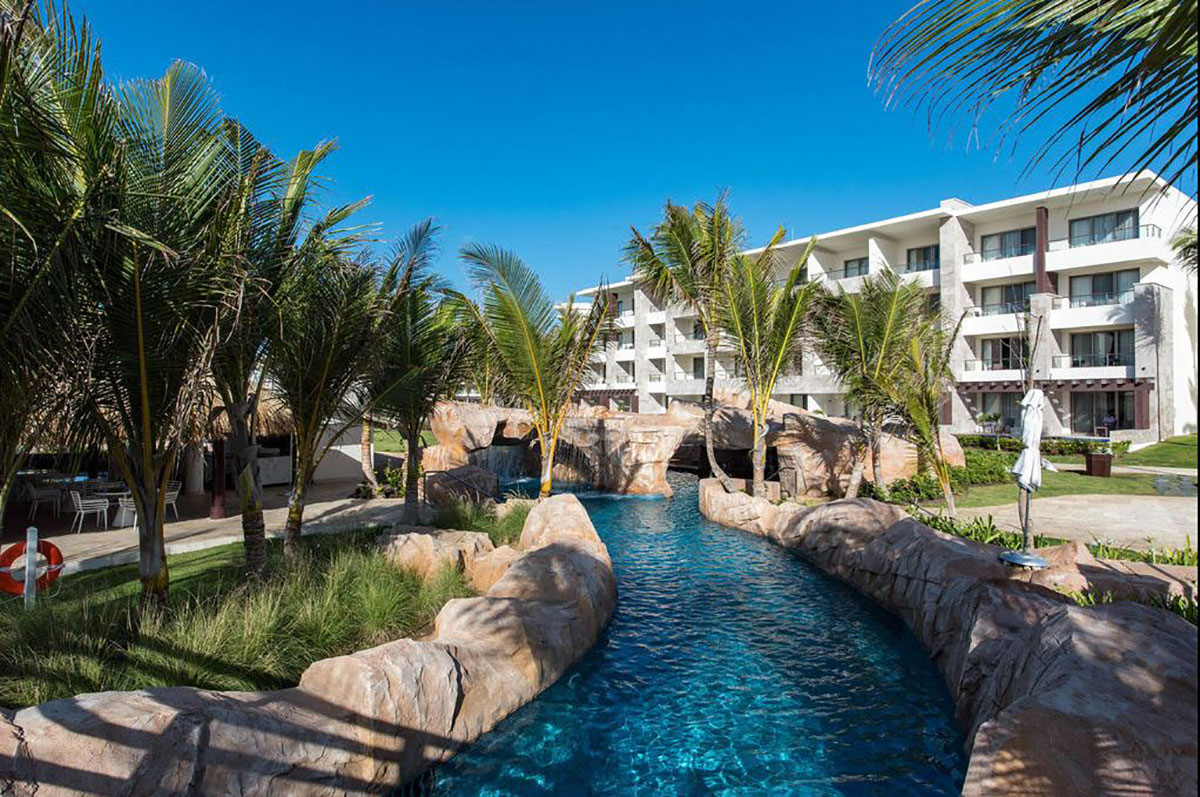
Matching the potential audience of a tourist or leisure attraction
A few years ago, a European developer wanted the highest water slide on the continent for his water park. He wanted to attract young, daring visitors and tourists, eager to feel adrenaline rushing through their bloodstream. However, when Amusement Logic’s technical team analysed the market and the environment in which the water park was located, they discovered something decisive: 70% of its target audience consisted of families with young children travelling in multi-generational groups.
The company’s technicians advised against this star attraction as a costly mistake. Instead, they proposed to the developer to design a concept with shareable experiences – such as gentle wave pools, interactive games and integrated lounge areas. With that idea, forecasts improved significantly, with revenue growth of up to 35%. The lesson was clear: an attraction, no matter how spectacular, will only appeal to the public if it matches what they envisage, their expectations and demands.
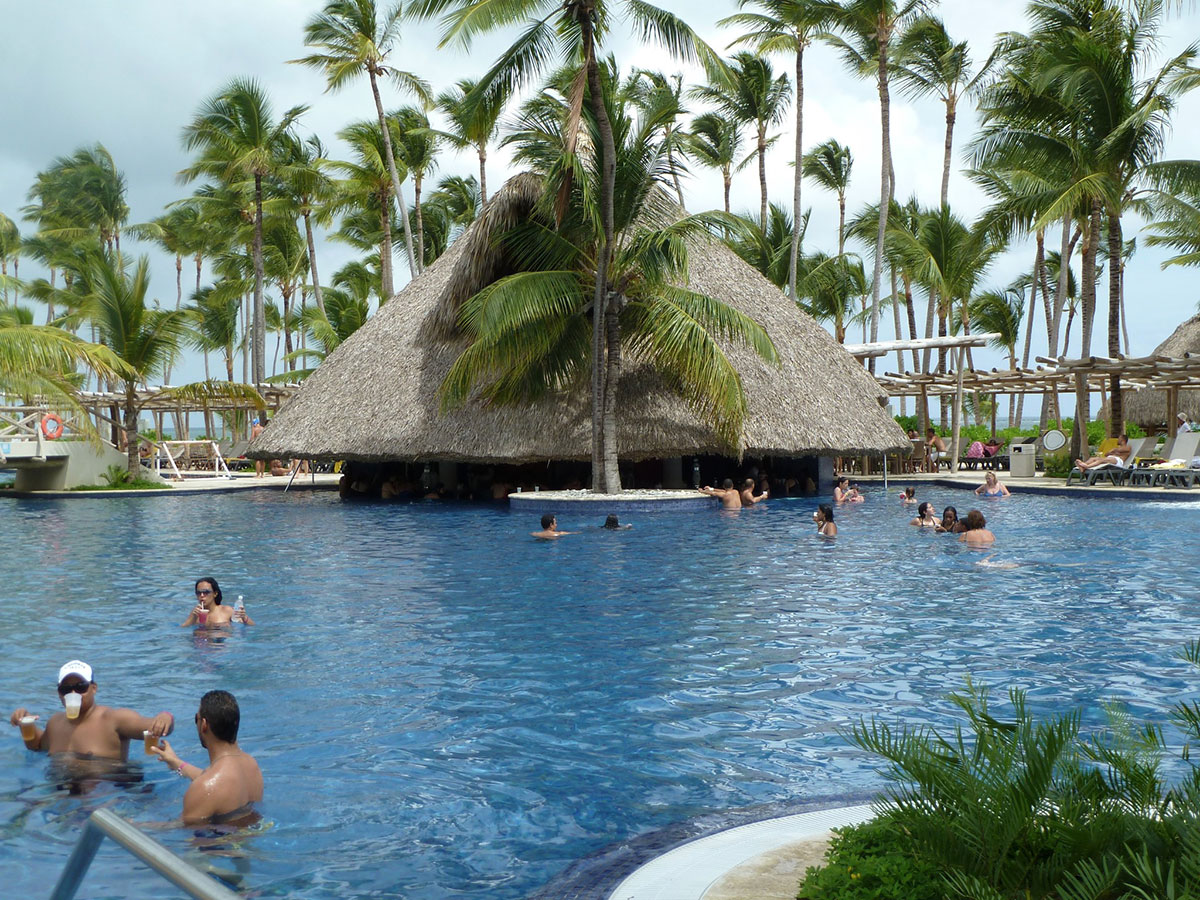
Innovation without gambling everything for everything
The temptation to be the first to offer an experimental technology to the public can be dangerous. That is why the company applies a pragmatic approach to the projects it is responsible for: taking technology components that are already proven in the industry, then customising them to create a unique experience.
Costs in the execution of tourism and leisure projects
Another hazard that the type of complex projects that the organisation deals with – that we repeat, theme parks, water parks, canyoning parks, campsites, hotels and resorts, animal parks and others often face, is that of cost overruns during implementation. On one occasion, during the construction of a project in the Middle East, the company found that the type of terrain planned for a large themed pool required a structure three times more expensive than budgeted. A less experienced team would have taken a “can’t do” approach and gone ahead without avoiding cost overruns. The Amusement Logic team, on the other hand, reconsidered the project and adapted the pool to the geological reality, thus avoiding cost overruns.
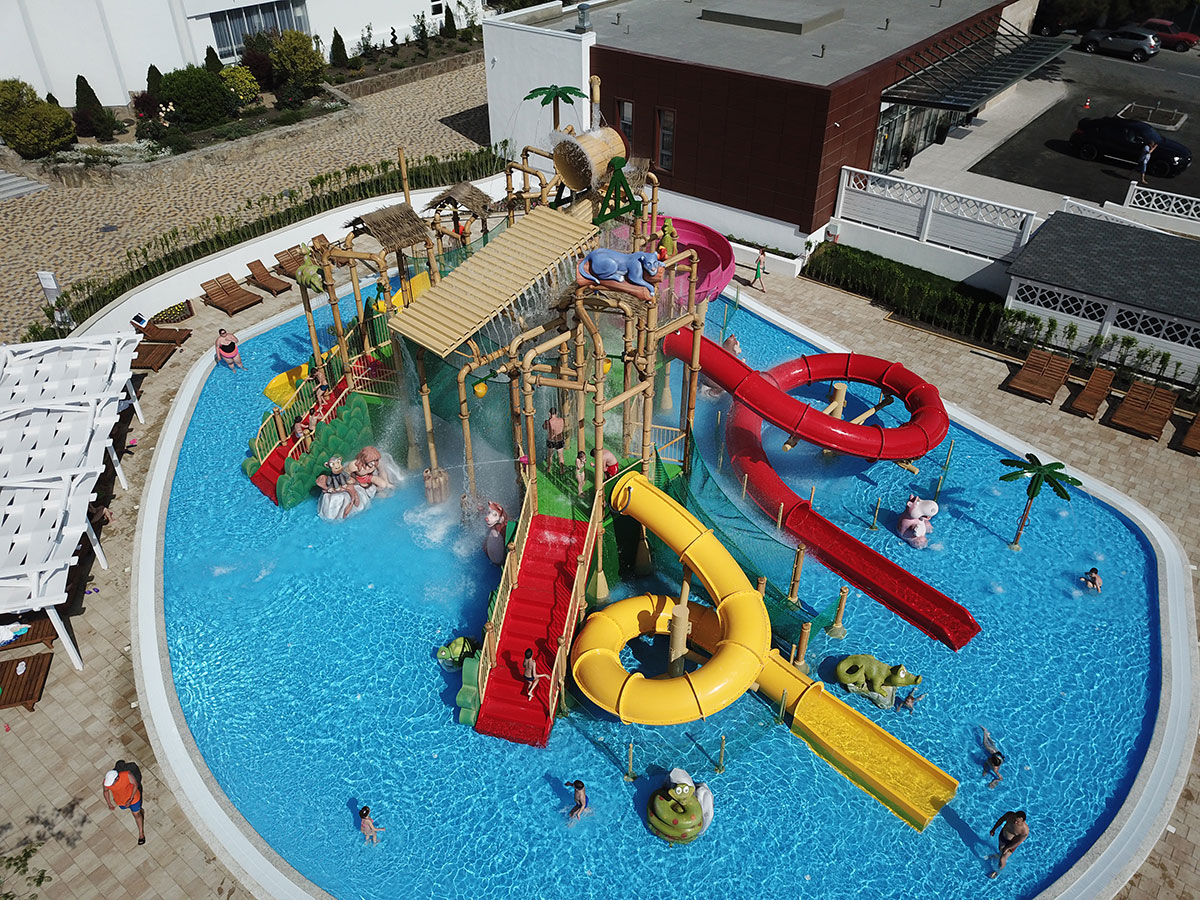
The human factor, a risk to be considered
In every project, including those for leisure and tourism, there is a human factor: teams who do not speak the same language, investors who do not understand why certain interventions should be carried out, local authorities who change criteria… Amusement Logic’s role goes beyond the design, engineering, architecture, construction and operation of the attractions: the company is also the interpreter and translator of the project details into the “languages” of all those involved in the project. In this way, technical complexities are transformed into clear decisions for investors and developers, and creative aspirations into workable plans for construction.
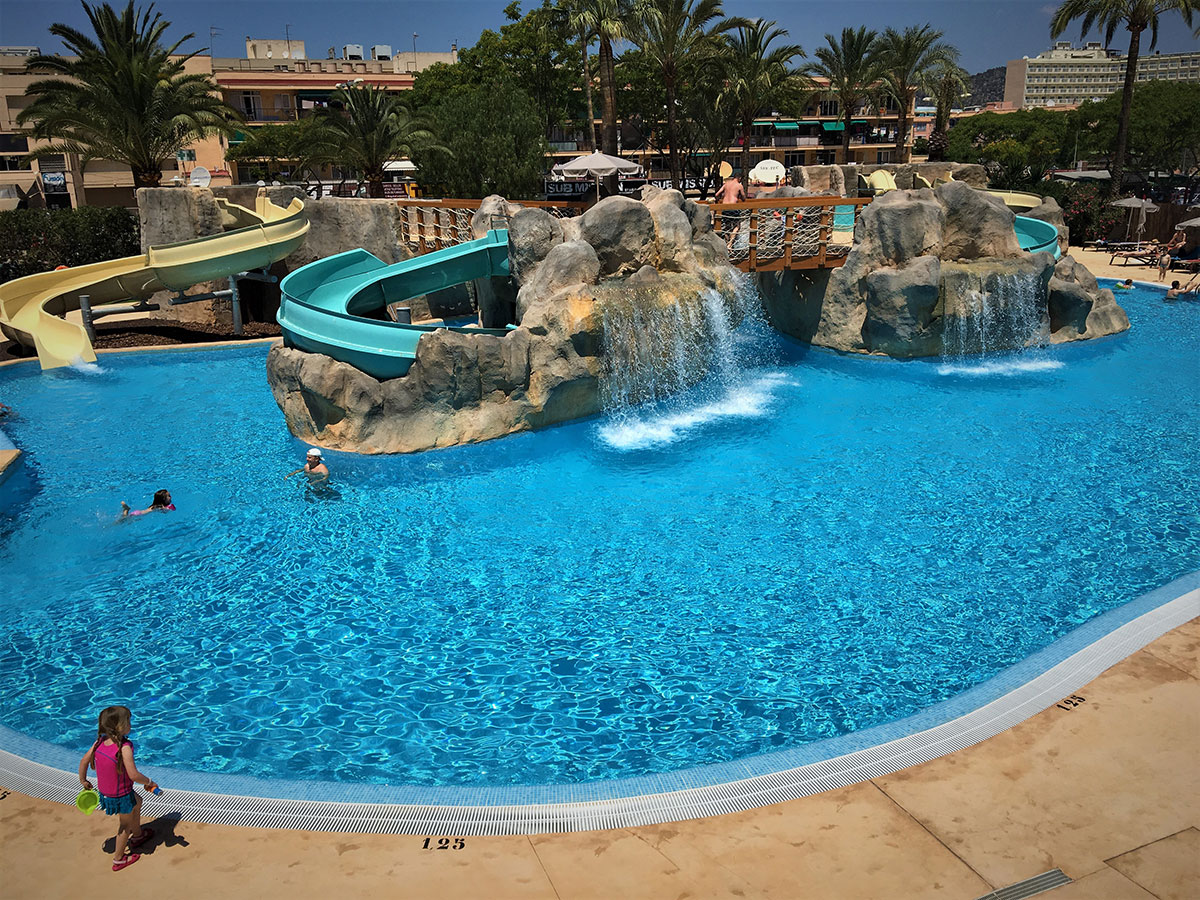
It’s not just what Amusement Logic does, but what it avoids.
After almost 30 years and more than 300 projects in some 60 countries, Amusement Logic does not judge the success of a project by its spectacular nature alone, but by the absence of problems throughout its entire life span – be it a theme park, a water park, a canyoning park, a campsite, a resort hotel, an animal park or any other leisure and tourism destination. At the end of the day, it’s about creating memorable experiences, but it’s also about establishing entertainment businesses that last.


